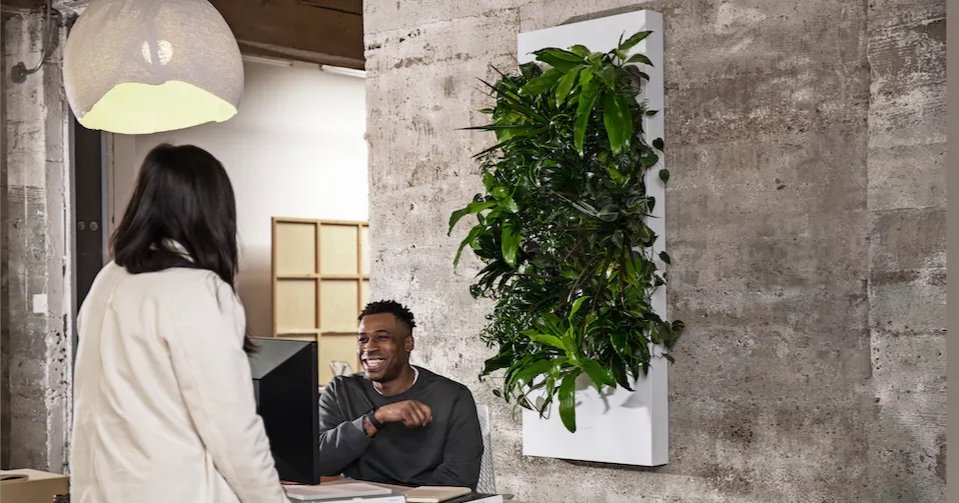
Research Methods: Academic Research
This is a continuation in our series on Research in an Age of Distrust. See our last blog for an introduction to this series which outlines our mission for transparency and trust-based research.
Unsurprisingly, the cornerstone of our research process is academic and scientific research. We first look to high-quality, peer-reviewed research papers from reliable sources when inspecting a product, method, or modality. For topics like air quality, water quality, and sauna, there is significant literature published and reviewed by world-class institutions that make questions of efficacy an open-and-shut case. Overwhelming evidence in the form of high-quality research sets a terrific precedent, meaning that the following steps merely add greater context and understanding.

Research in an Age of Distrust
Have you felt a decline in your senses of community, openness, and trust over the past decade or two? If so, you are not alone.
As a part of being a trustworthy source of information on innovations, technologies, and methods for making spaces that feel good, we at Frequency felt it necessary to do some digging on the challenges people face when doing this research on their own.

Bio-Inspired Design: Organized Complexity, Modes of Mystery, and Prospect & Refuge
As mentioned in our previous blog on bio-inspired patterns, there are a few key principles of nature-inspired design beyond the patterns of nature covered previously. We refer to these principles as organized complexity, modes of mystery, and prospect and refuge. Here, you’ll find a combination of theoretical and practical insights leading to the creation of spaces that feel good.

Principles of Person-Focused Design
When assessing the agreement between the philosophy of nature-inspired design and biological responses to certain aesthetic themes, some principles of person-focused design emerged. These principles include nature-inspired patterns, organized complexity, modes of mystery, and prospect and refuge. By incorporating these principles into design, we can create spaces and aesthetic experiences that are attuned to people, helping them feel comfortable and safe.

Report from the Field: ScienceinDesign Symposium
Recently, our research team attended the ScienceinDesign symposium, an event focused on uniting the art of interior design and the science of evolutionary biology and neuro-aesthetics, the study of the brain and body’s response to viewing different environments.
In our continuous efforts to learn about new, innovative ways of making people feel good, we found this group bridging the divide between academic experts and real world practitioners of design and architecture. It’s no surprise that neuroscientists and interior designers don’t seamlessly communicate with one another, so ScienceinDesign’s mission of uniting the two sides is imperative to the broad creation of spaces that feel good.

Frequency Highlights: Biome Indoor Ecosystems
We at Frequency recently had the chance to talk to Collin Cavote, the founder of Biome. Biome is Frequency’s go-to plant wall provider because they’re mission-driven, uniquely healthy, heavily accessible, and constantly innovating. Below, we’ll cover Biome’s story: Why it started, how it’s going, and how their vision aims to provide a unique indoor biophilic experience.

Frequency Flywheels: Resilience and Emotional Sustainability
This relationship between resilience and emotional sustainability and their connection via stress and inflammation is a key motivator for us to equip our buildings with designs and technologies that de-stress, build resilience, and holistically support occupants. Being resilient and living sustainably are essential to feeling good, so we don’t believe you should accept an environment that supports anything less.

Indoor Air Quality: An Essential Piece of Health & Vitality
Indoor air quality is important. While we may not think about it too often, the air that surrounds us is integral to our health and wellbeing. This is particularly true for the air surrounding us indoors, where the average American spends over 90% of their time. Much like the foods we eat, the health of our indoor air depends on a few factors: quantity of pollutants, freshness, and moisture. Changes in these three simple factors can have profound impacts on our physical, mental, and emotional wellbeing.

Sauna: The Unparalleled Benefits of Heat at Home
We see the sauna as an essential proactive amenity for residents, given that sauna bathing hits on every one of the badges of wellbeing that Frequency buildings strive to improve: Respiratory Health, Cardiovascular Health, Resilience, Cognitive Performance, and Emotional Sustainability (with support of quality sleep that can help indirectly regulate circadian rhythm).
